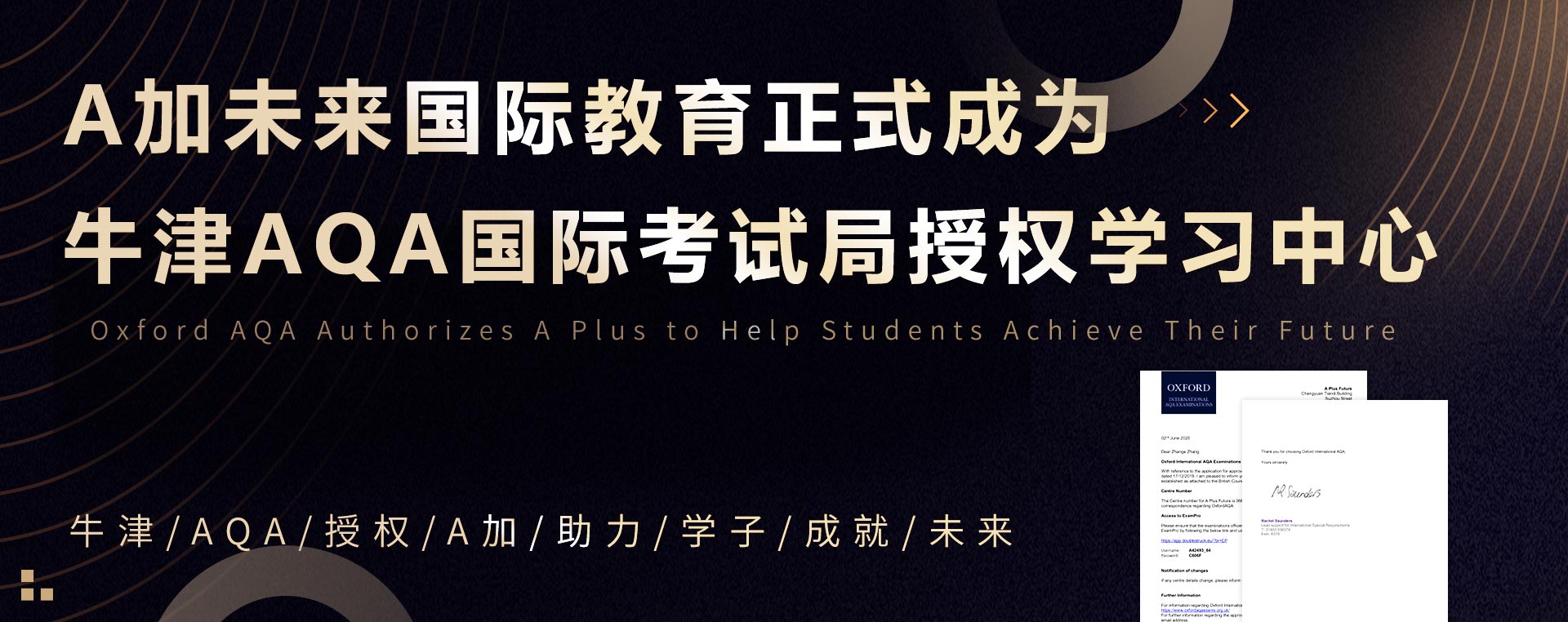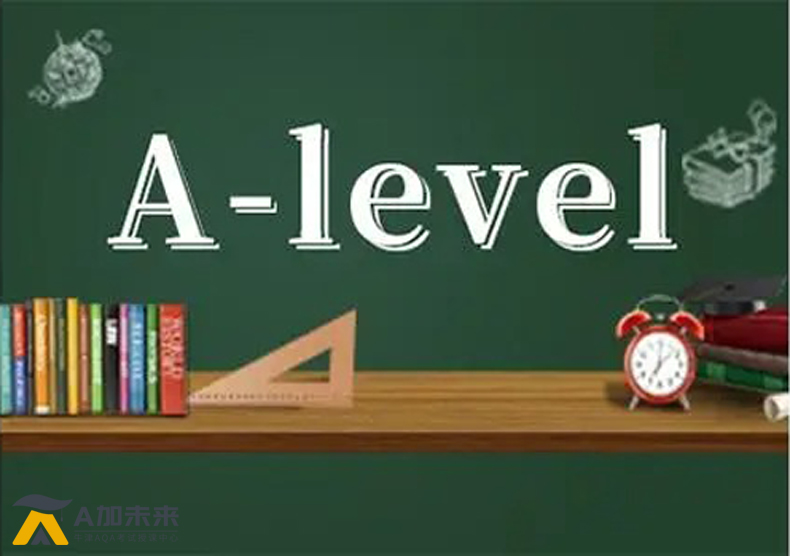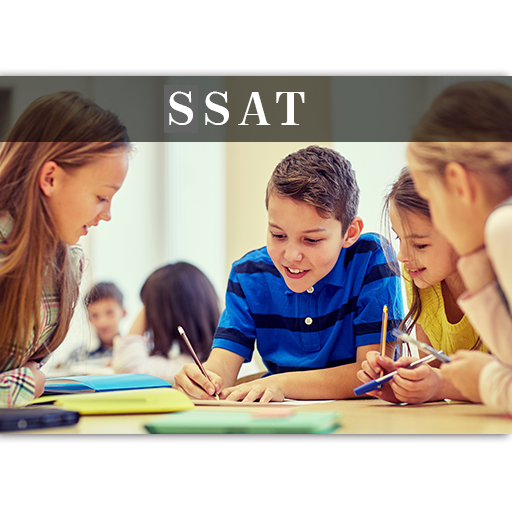Alevel历史分析题是如何解答?
学习A-level历史的时候一定要培养自己的分析能力,遇到问题的时候要找到足够的证据,并进行相关分析才能拿到高分。那么今天小编就以以下两种问题(A问题和B问题)来作为引子,给小伙伴们分享一些Alevel历史问题是如何解答的吧?
首先还是要说明,
A-level历史问题的回答
是要求同学们时刻都有一种分析问题的思维,
并且根据考试问题的设定寻找论据。
A问题
这种问题要求小伙伴们回答与课程内容相关的要素和问题。不能被误导,最好的回答这类问题的方式不是解释而是要创建一个论点并进行分析。如果能做到这点的话,拿高分也就不是梦想了!(许多小伙伴在考A-level历史的时候都会忽略这类问题的回答,忽略了这类问题的重要性。)
B问题
这种问题的设定一般是为了设定一个相对简单的论点。这样的问题的回答,一般都是给出简单的解释然后回答一些相关建议举措,所以说,答案一般是以“UP TO A POINT … BUT’引出来的。对我们来说,这代表了我们同意这种观点的程度。
有些Alevel历史问题
会要求我们寻找论据,
所以我们需要提供论据和依据
来进行相关回答,
那么下边这些回答小技巧,
小伙伴们可要谨记哦~
1 理解证据
不仅仅要正确理解表面证据,字里行间流露出的深意也要仔细的考虑一下!
2 证据出处
A-level历史老师答题中,小伙伴们表现出的对于论据出处的了解十分重要,也就是说,回答者对于证据出处的了解更能表现出答题者对于该时间段内事件的具体了解。
3 效用和交叉引用
小伙伴们需要正确的引用不同来源论据,并强调出自己同意哪个论据来源以及不同论据之间的不同,同样重要的是对比这些不同论据的相同之处,而且论据的来源也要作为答题的一部分。
在答题的时候需要在答题结构,语境,直接证据上下功夫.
5 写简介
在写一个计划的时候是不要首先写一个介绍引言呢?答题也是一样,回答问题之前要有一个引言式的内容,这个引言要包含主要观点。在这个引言中,点题是它最主要的作用。所以在写引言的时候一定要简洁,直接并能够点题。
6 注意段落结构
在答题的时候,文书的段落一定要清晰分明。为了能够拿到高分,小伙伴们在答题组织语言的时候一定要直接一些。也就是说,要明确简洁的解答问题而不是玩文字游戏。而最好的答题结构最好是酱紫哒:
1) 申明观点 ▼
在你答题的第一段就应该提出一个论点,这就像是一个开始的标志。所以,最好是用议论性语言点题。
比如:
One should argue that …
It is clear that …
Fundamentally …
Without a doubt …
This most obviously …
答题的时候最好是不要用描述性语言,这就会引起一个描述性的段落。
2)解释 ▼
下一个段落,就要开始解释你的论点了。
3) 证据 ▼
在答历史题的时候面临的一个问题是,需要从自己所学的知识里寻找到论证这个论点的证据,并且还需要找到这个论据与论点的关联点。这些连接点越具体详细越好,所以需要仔细的寻找甄别。
那么那些算是详细的关联点细节呢?事实,数据,名字,时间以及历史学家学说的相引用。
4) 最后一段要反复强调论证 ▼
一般在回答历史问题的最后一段的最后一半部分需要回到主题,回头点题。举个答案例子吧:
The rule of the major-generals was perceived as harsh because it was associated with the brutal crushing of Penruddock’s Rising in Wiltshire in March 1655. Indeed the major-generals’ experiment that followed had the effect of creating the legend of Cromwell as a military dictator.
Equally damaging were the order received by the major-generals including banning horse races, cock fighting and stage plays. The reaction against this experiment can be seen in Source B in which the historian, well informed and reliable, attacks the major generals as “the most intolerable experience England ever had”.
这个答案就写得很很好,结构分明。而且相关短语也应用得当,可以学习一下。
另外在写历史答案的时候,
有些短语也是会经常用到的,
这里给小伙伴们总结了一些
X suggests that …
However this source is …
This is backed up by … who says that …
The fact that this source is … gives the evidence more / less weight (because…)
The fact that this source is … means that the evidence must be treated with caution however it is supported by …
This is implied by the fact that …
Although one has to be aware that when talking about …
It is likely that …
This implies …
This view is complemented / reiterated by / supported by …
As a historian, … is well informed and reliable Sources
… and … significantly differ however …
Sources … and … contain similarities in that >>>
X is a modern historian and therefore well informed and reliable.
As a historian, … has had the opportunity to take into consideration a number of other sources both from the period and written since.
Much of what is said in this source can be supported by …
These views reinforce what … is saying in Source …,
thus validating the source.
If recorded accurately …
在Alevel历史答题中,这些短语可以尽情拿来使用的哦~
 喜欢 [0]
喜欢 [0] 相关推荐

- 进阶数学启航:A加未来Alevel课程 —— 引领未来
学习方法 2024-08-10

- 探索化学世界,A-Level课程引领未来科学精英
学习方法 2024-08-09

- alevel数学课程提升
学习方法 2024-08-06

- "A+未来:A-Level物理考试致胜技巧"
学习方法 2024-08-05












